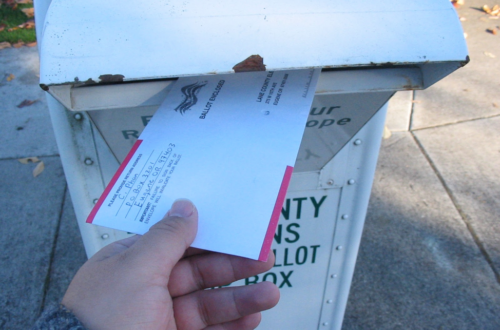A new study has found that the majority of tested beaches in Florida were potentially unsafe for swimmers for at least one day last year due to fecal matter pollution.
Environment Florida, a state affiliate of the environmental advocacy group Environment America, conducted the study by examining 2019 data on two fecal matter indicator bacteria: E. coli and enterococcus.
These bacteria can be dangerous themselves, but according to the study, the true risk of fecal matter contaminated water is other pathogens that can cause serious medical conditions including gastrointestinal illnesses, respiratory disease, skin rashes and both ear and eye infections.
These risks were present a total of 22 out of 43 (about 51%) test days at South Beach in Key West, which is more days than any other tested beach in the state. The average beach in Pasco County, Florida, was potentially unsafe for 33% of testing days, the highest of all counties in the state.
Jenna Stevens, State Director of Environment Florida, noted that fecal matter indicator bacteria do not tell researchers exactly where fecal matter is coming from.
Sewage leaks have been on the rise in Florida for the last decade with over 220 million gallons of raw sewage entering Florida’s waterways. Just this year Fort Lauderdale experienced the worst leaks in Florida’s history.
Florida’s wastewater treatment plants were built around the middle of the 20th Century and were not prepared for the growing populations and the effects of climate change. Power outages due to hurricanes that prevent pumping as well as clogged pipes due to flushable wipes are also contributors to sewage leaks and fecal matter pollution.
According to WUFT, Florida’s wastewater systems are in need of more extensive repair and update, but Florida governments have struggled to find taxpayer support for sewage repair costs.
In the meantime, Gaven Simon with Climate Action Gator, a University of Florida student organization, urged students and Floridians to stay abreast of the pollution levels at beaches.
Simon said, “I just feel like every student needs to be conscious when they’re going to the beach, checking the news to see if it’s safe, and then also voting with this in mind because they want to vote for a politician that’s going to support funding new infrastructure, which we so desperately need.”
Florida residents can look at beach fecal matter pollution levels on the Florida Department of Health’s website. Beaches are not tested daily though, Stevens noted, and Florida uses a different measure than the Environmental Protection Agency (EPA)’s Beach Action Value, which is utilized by Environment Florida.
When it comes to combatting fecal matter in runoff, Stevens says this can be achieved through simple measures such as planting a rooftop garden that mirrors a natural system of rain absorption and reduces the nonporous surfaces in cities that contribute to runoff.
The report suggested that more severe measures, such as a moratorium on new livestock operations, may be needed to reduce fecal matter contamination due to industrial livestock operations. This suggestion may prove controversial.
Stevens said that overall, the study shows that “whenever it is safe for us to go to the beach, it should also always be safe for us to swim in the water, and all too often that is just not the case.”
Featured image: Beachgoers enjoy a sunny day at the Coast. Unmodified photo by Bart Everson used under a Creative Commons license (https://bit.ly/2EgbOMg).





